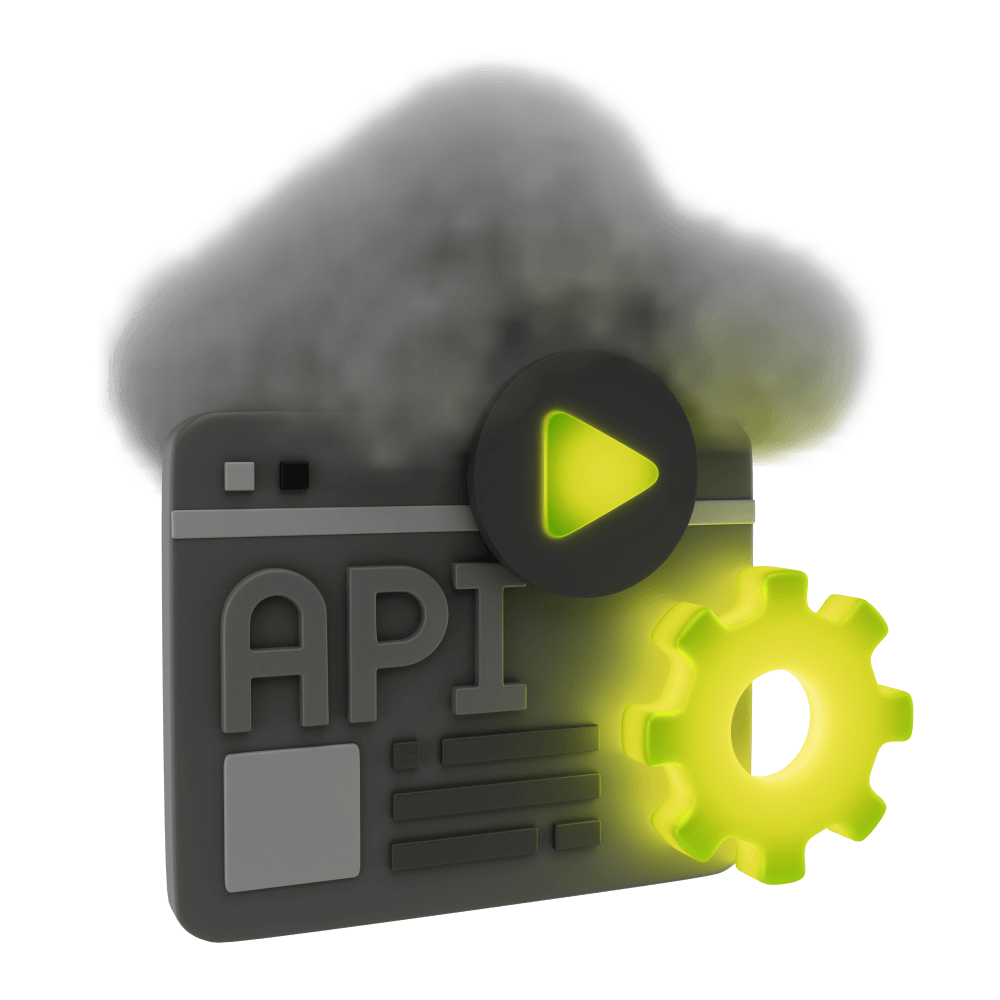
Offline/Online Sync in a Real World Ionic Application with CouchDB
This is supposed to be a longer description
Starting the Application
Getting the Ionic application started
PROModule Outline
- Source Code & Resources PRO
- Lesson 1: Introduction PUBLIC
- Lesson 2: Application Requirements PUBLIC
- Lesson 3: A Brief Introduction to NoSQL PUBLIC
- Lesson 4: Introduction to CouchDB PRO
- Lesson 5: Introduction to PouchDB PRO
- Lesson 6: Structuring Data in CouchDB PRO
- Lesson 7: Installing CouchDB Locally PRO
- Lesson 8: Adding Data to Futon PRO
- Lesson 9: Starting the Application PRO
- Lesson 10: Setting up the Basic User Interface PRO
- Lesson 11: Using Design Documents to Create Views in CouchDB PRO
- Lesson 12: Getting Data From CouchDB into Ionic PRO
- Lesson 13: Using Node, Express, and SuperLogin PRO
- Lesson 14: Login and Registration PRO
- Lesson 15: Offline Access and Reauthentication PRO
- Lesson 16: Advanced Form Validation PRO
- Lesson 17: Restricting Document Updates PRO
- Lesson 18: Filtering Data from CouchDB PRO
- Lesson 19: Improving User Experience PRO
- Lesson 20: Migrating to Production PRO
- Lesson 21: Conclusion PRO
Lesson Outline
Starting the Application
We've covered a lot of theory and database stuff, but we're finally ready to build some stuff with Ionic! In this lesson we will be generating our Ionic application, generating the initial pages and providers that we will need, and setting up all the required dependencies.
Generate the Application
To start off with, we will need to generate a new Ionic application by running the following command:
ionic start hangz blank --type=angularAs you will have seen already, we are creating a tabs layout for this application. However, I generally prefer to just always start from a blank template and add things in myself (rather than having to remove or rename things I don't want).
Although you can use Cordova if you prefer, we will be using Capacitor in this application. To set up Capacitor, just respond with y when asked if you would like to integrate Capacitor.
We will use Capacitor in this application, so if you also want to follow along and use Capacitor you should make sure to install the Ionic specific Capacitor plugins:
npm install @capacitor/app @capacitor/haptics @capacitor/keyboardWe will also be making use of the splash screen and status bar plugins:
npm install @capacitor/splash-screen @capacitor/status-barIMPORTANT: This module uses Capacitor 3. If version 3.x of Capacitor is not already the default, you should install the latest version of Capacitor with the following command:
npm install @capacitor/cli@next @capacitor/core@nextPages
Thanks for checking out the preview of this lesson!
You do not have the appropriate membership to view the full lesson. If you would like full access to this module you can view membership options (or log in if you are already have an appropriate membership).
